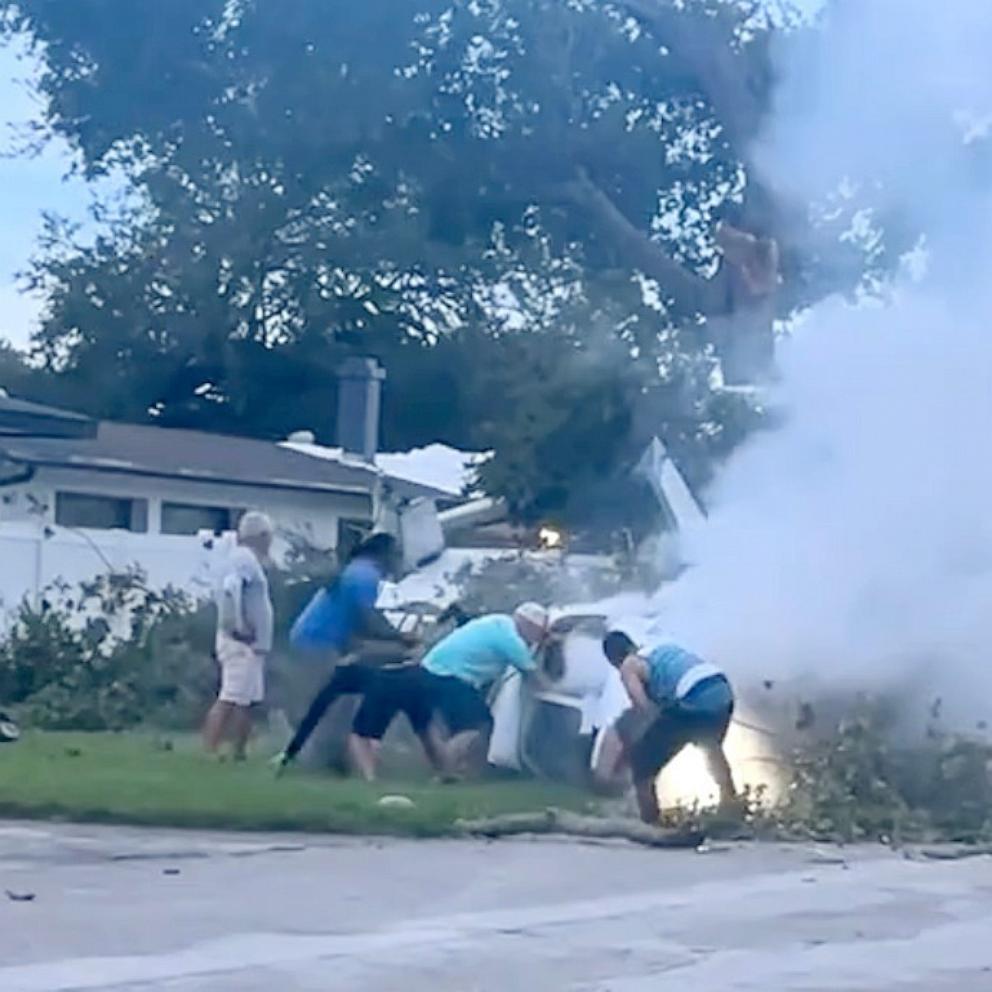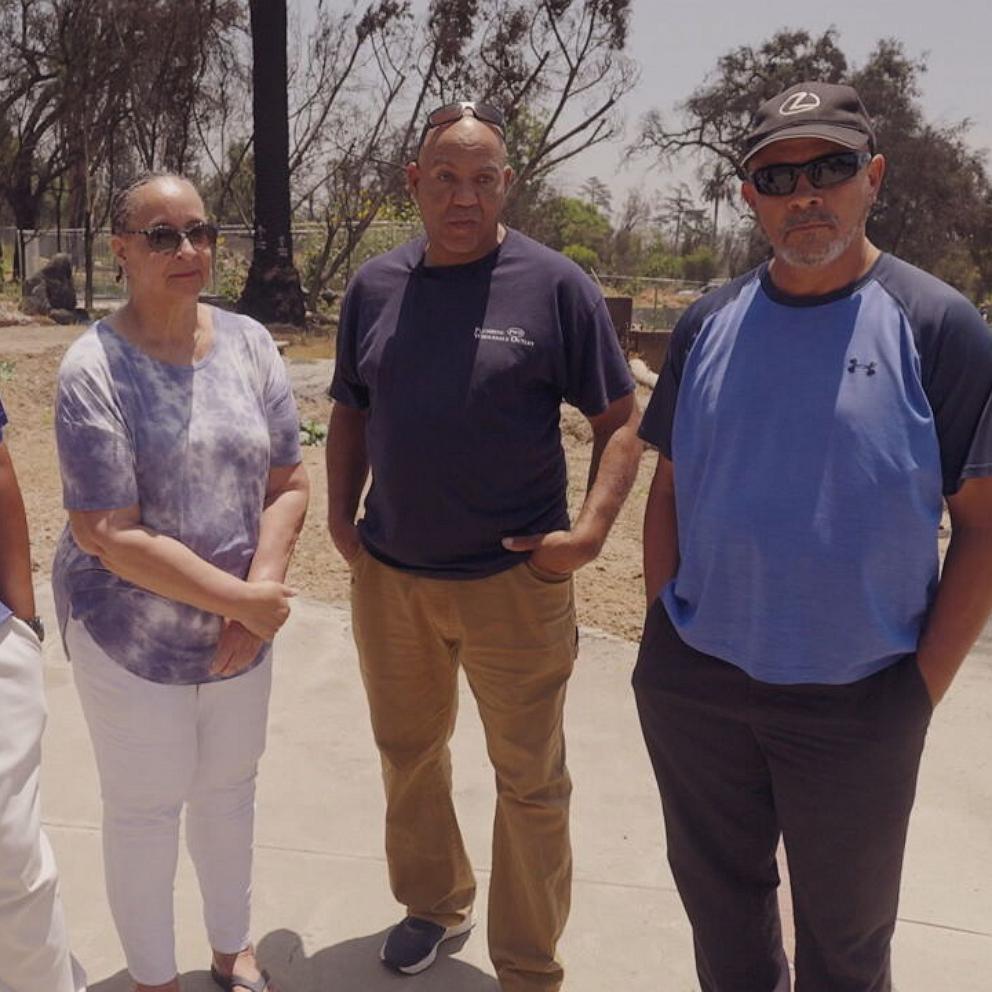Midwest Braces for More Flooding
F A R G O, N.D., April 12 -- They are holding their own, and preparing for the worst.
With the swollen Red River sloshing close to the top of emergency dikes, there are fears that storms forecast for next week could cause flooding in some outlining areas. Most at risk are homes in outlying areas where it's very flat and prone to overlanding from the river.
Still fresh on everyone's mind are the devastating floods of 1997. Back then, Grand Forks, N.D., and East Grand Forks, Minn., had to be completely evacuated when the Red River topped out over 54 feet.
But this time, residents say they're prepared. They are building the dikes to 52 feet.
In Fargo, they've been working day and night to enforce the levies in preparation. Engineers say as long as the dam holds, the shouldn't have many problems.
To the east and west of the Red River Valley, many have been affected by overlanding floods, where the flat land causes the overflowing river to migrate to the farmlands. When rivers overflow the banks, it doesn't have anywhere to go but out, migrating from the river banks to the farmland.
On the farmsteads west of Fargo, houses stick out like islands with sandbags surrounding them, holding back the water. Some residents say they're OK for now but if the water rises 12 inches, they'll be inundated.
And the next rainfall could do just that.
In Breckenridge, Minn., 50 miles south of Fargo, residents and rescue workers have reinforced the dikes by sandbagging around the clock. The river has gone down slightly. Its at a height of 16 feet now, and they're safe up to 20 feet.
Tim Bertschi of the local Army Corps of Engineers, which is involved in the levy raising effort, says he doesn't expect another recurrence of the floods of 1997 because of far less snow on the ground and better preparation. Not to mention that many of homes closest to the Red River were bought out and torn down, leaving far fewer residential homes near the river.
Adrenaline Running High
In southern Wisconsin, severe weather has heightened concerns that the Mississippi River could hit spring flood levels not seen since 1965.



